What Is High Beam Assist? All You Need to Know

What is High Beam Assist?
Driving at night or on dark, unlit roads comes with its own unique challenges, especially when it comes to visibility issues that can affect your safety and that of other drivers. This is where your car headlights become essential.
High beam or full beam headlights are crucial for improving visibility on the road, especially at night or in low-light conditions. This is where High Beam Assist (HBA) shines, by automatically adjusting your headlights to make driving safer and easier in the dark.
Let’s explore more about what High Beam Assist (HBA) is, how it works, and how different beam types are crucial for safe driving.
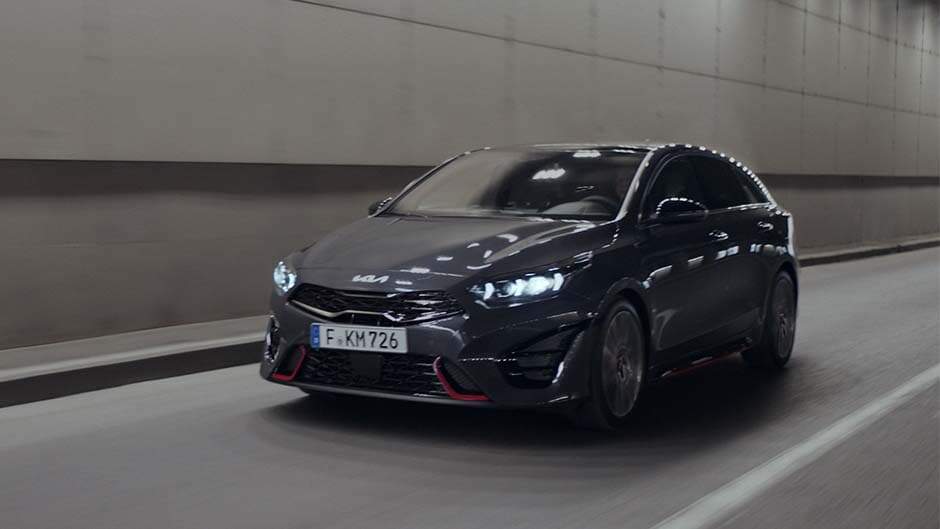
What are High Beams?
High beams, often referred to as full beams or main beams, are the most powerful setting on your vehicle’s headlights. Unlike low beam headlights, which light up the road directly in front of your vehicle without dazzling other drivers, high beams project a strong, focused light over longer distances. They’re particularly useful on dark, rural roads or highways where street lighting is minimal and there’s little to no oncoming traffic.
The main purpose of using high beams is to improve your visibility in conditions where low beam headlights are insufficient. However, they are not intended for use in all conditions, due to the intensity of the light. Using high beams at the wrong time, such as when other vehicles are nearby, can potentially blind or distract other drivers and create dangerous driving conditions.
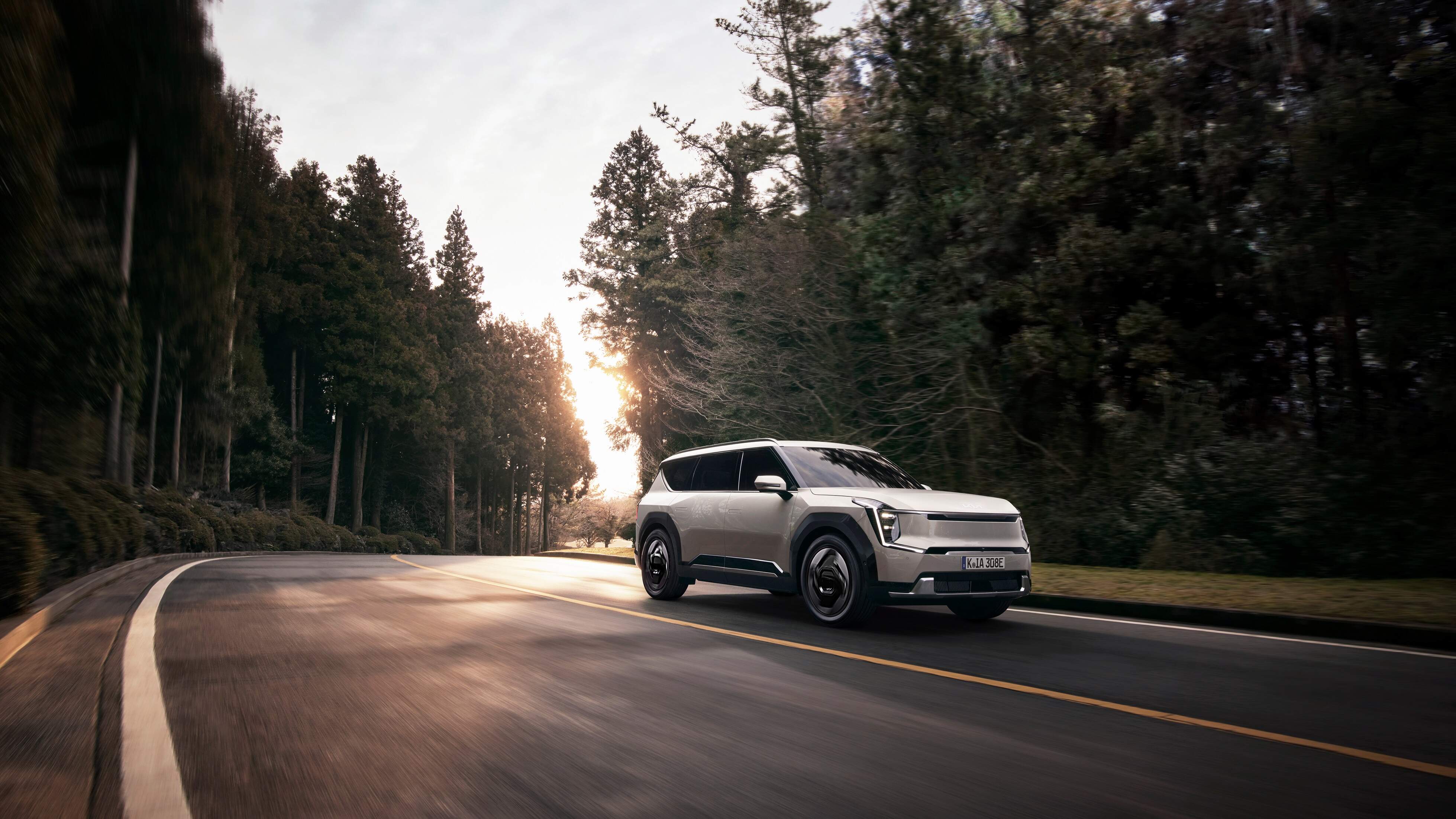
When Should You Switch to High Beam Headlights?
High beams should only be used in situations where you require extra visibility and their use won’t interfere with the vision of other road users. Lighting Requirements Rule 114 of the UK Highway Code states: “you must not use any lights in a way which would dazzle or cause discomfort to other road users, including pedestrians, cyclists and horse riders”.
Here are occasions when you should consider using your main beam headlights:
• On poorly lit roads: When you’re driving on rural or unlit roads, high beams help you see further and detect potential hazards earlier. If you can’t see for more than 100 metres (328 feet) in front of you, you must have your headlights turned on.
• Can I use high beams in fog?: High beams are best used in clear weather conditions. Using them in fog, rain, or snow can reduce your visibility by reflecting light back at you and causing glare. Instead, it’s better to use low beams in these conditions.
• When there are no oncoming vehicles: To avoid dazzling other drivers, high beams should only be used when there is no oncoming traffic within 150 meters (about 500 feet). Again, use your low beam headlights here if the road is well-lit.
It’s also important to note that most countries have their own regulations for the use of high beams, so it’s worth being aware of local laws before driving abroad.
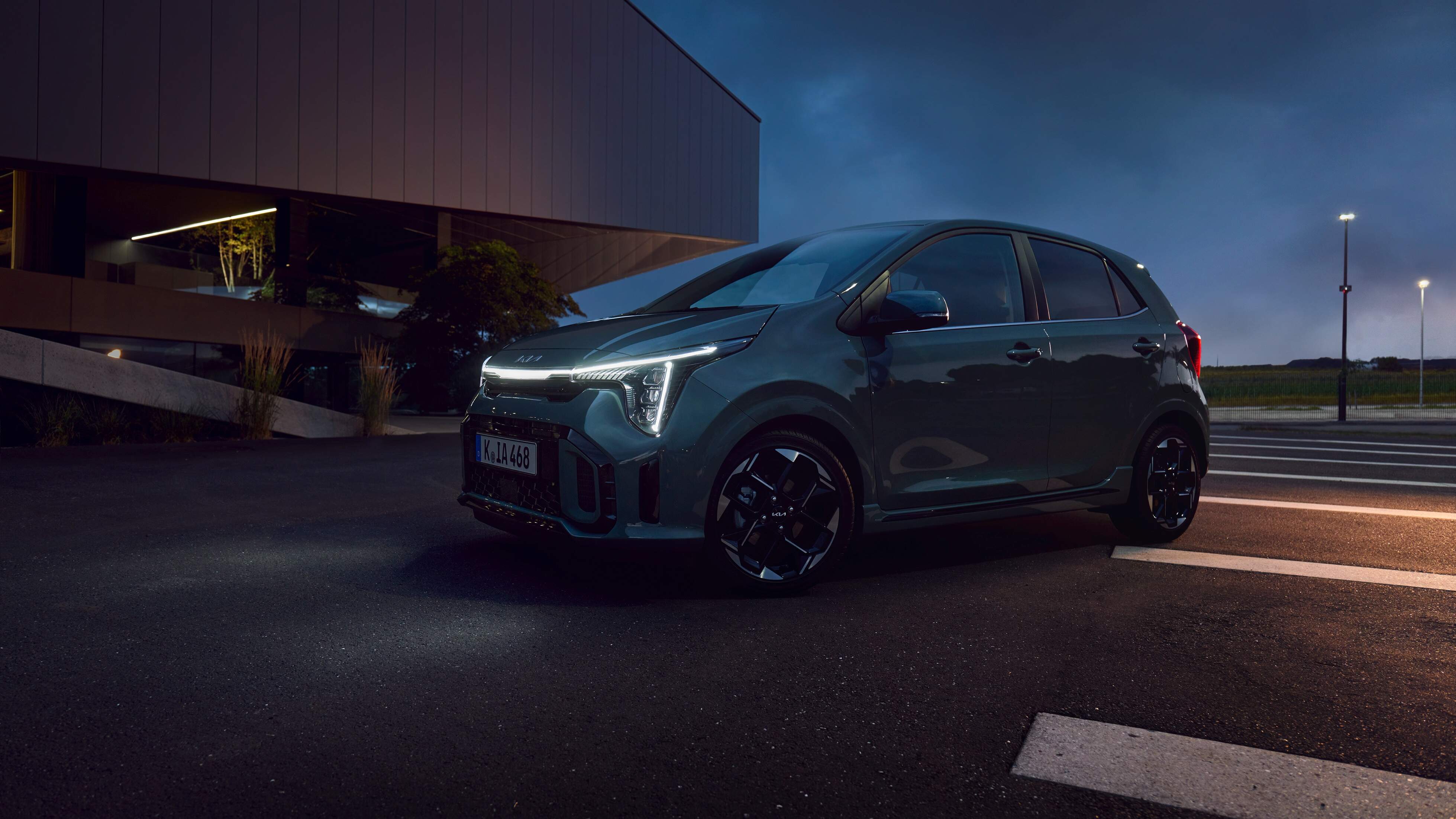
How to Use High-Beam in a Car
Using your high beams in a car is simple, but it’s important to know when and how to do so correctly. Typically, you can turn on your high beams by pushing or pulling the headlight control lever, which is usually located on the steering column. A blue dashboard icon—commonly known as the full beam headlights symbol or main beam warning light—will light up to indicate that the high beams are on.
Remember, you should only use high beams when it’s safe and legal to do so.
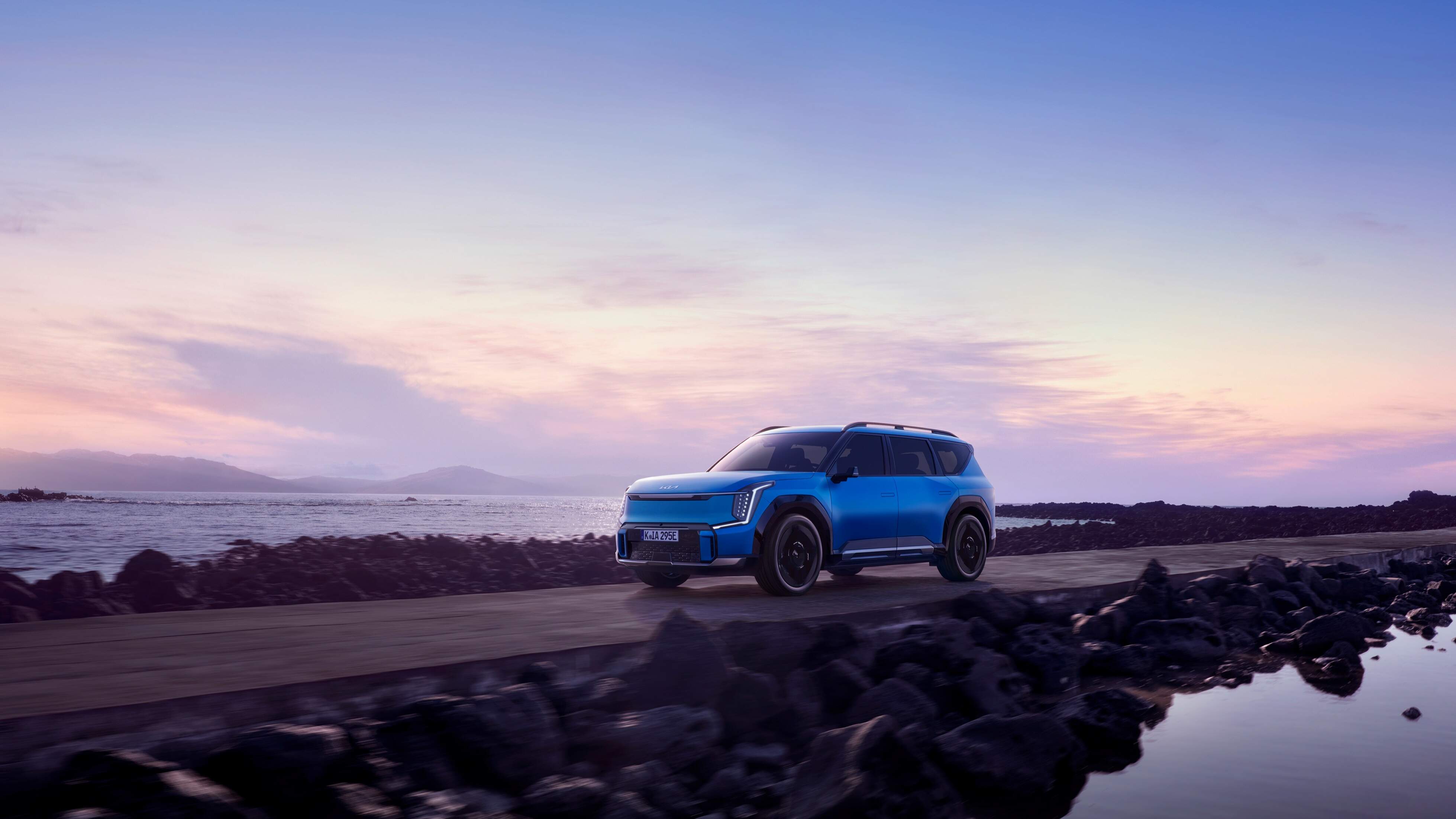
What is High Beam Assist and how does it work?
High Beam Assist is a Driving Assistance Technology
designed to enhance driving safety at night and on poorly lit roads by optimizing the use of high beams. This technology automatically switches between high and low beams depending on the conditions you’re driving in, ensuring that you have the best possible visibility without compromising the safety and visibility of other road users.
Here’s how it works:
• Automatic Detection: HBA uses sensors and cameras to detect oncoming vehicles ahead. If the system detects another road user, it will automatically dim the high beams to avoid blinding other drivers.
• Automatic Activation: When the road is clear of other vehicles, HBA automatically reactivates the high beams, allowing you to maintain maximum visibility without having to manually adjust your headlights.
• Enhanced Safety: By managing the high beams for you, HBA reduces the risk of accidents caused by poor visibility or driver distractions, making night driving safer and less stressful.
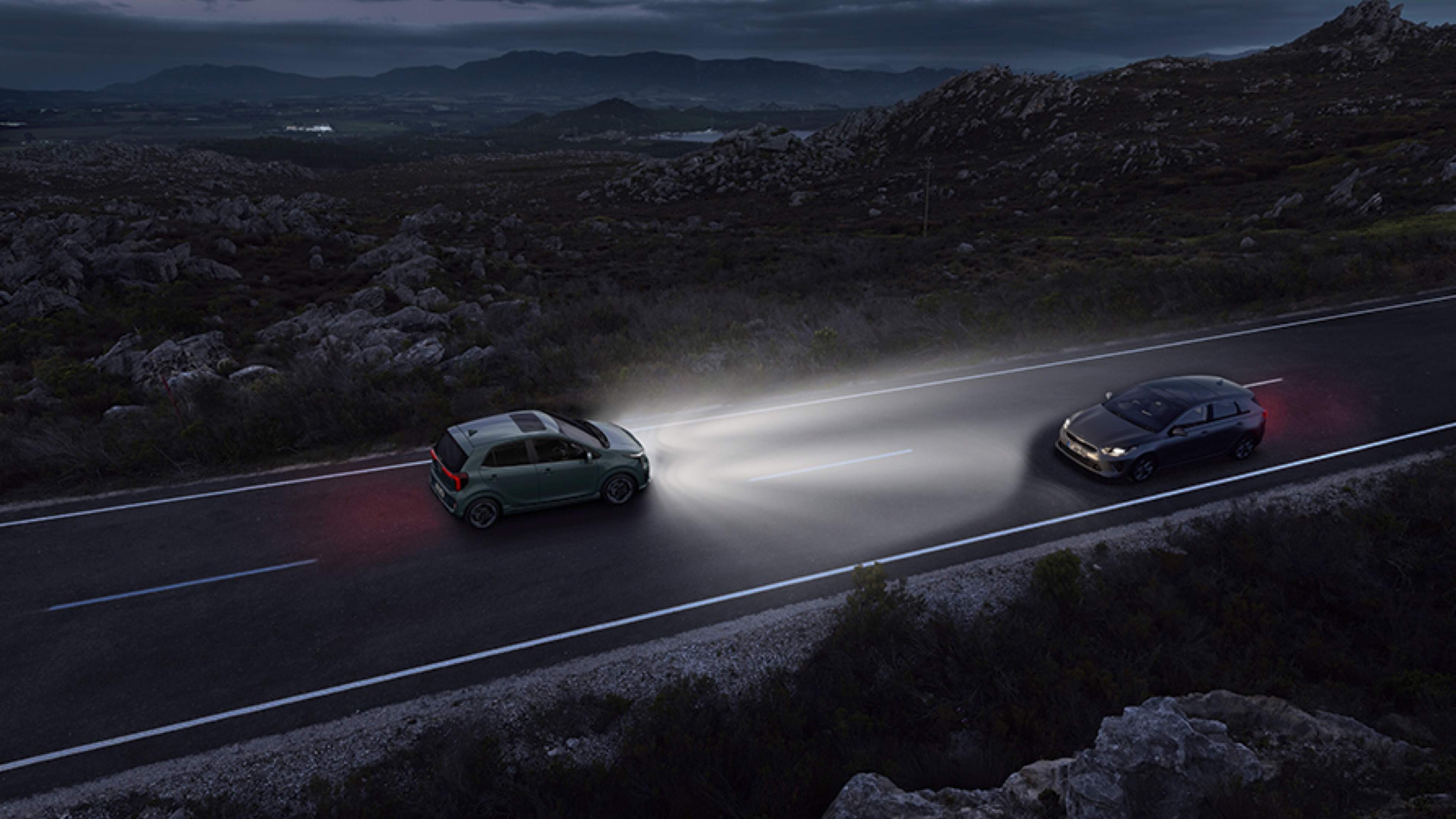
The Benefits of High Beam Assist
• Safety: The main benefit of High Beam Assist is the enhancement of road safety. By automatically controlling the high beams, it reduces the likelihood of temporarily blinding other drivers, which can lead to serious accidents.
• Fewer distractions: HBA also allows drivers to keep their focus on the road without the distraction of having to manually switch their headlight beam types. This can be particularly useful in difficult driving situations.
• Improved Visibility: HBA ensures that you always have the best possible visibility on the road without compromising the safety of other drivers.
• Increased Convenience: Because High Beam Assist is automatic, it adds a layer of convenience to driving at night or in the dark, as you no longer need to worry about adjusting your headlight beams.
• Enhanced Driving Confidence: Knowing that your headlights are always optimized for safety allows you to drive with greater confidence, especially at night or on dark or unfamiliar roads.
_940x529.jpg)
Exterior Lighting
Kia’s commitment to intuitive safety technology is reflected in its comprehensive lighting offerings, including the integration of High Beam Assist across many of its new electric cars
like the EV9
and EV3
, along with the Sportage
hybrid SUV.
Beyond High Beam Assist, Kia vehicles often feature other sophisticated lighting systems, including:
• LED Headlights: These lights offer brighter and more energy-efficient lighting compared to traditional halogen bulbs.
• Dynamic Bending Lights (DBL): This technology adjusts the direction of the headlights based on the vehicle’s steering angle, improving visibility when cornering.
• Automatic Headlights: These headlights automatically turn on or off based on the surrounding light conditions, ensuring you always have the right level of illumination.
These features are designed to work together, providing Kia drivers with a safer and more comfortable driving experience, especially at night.
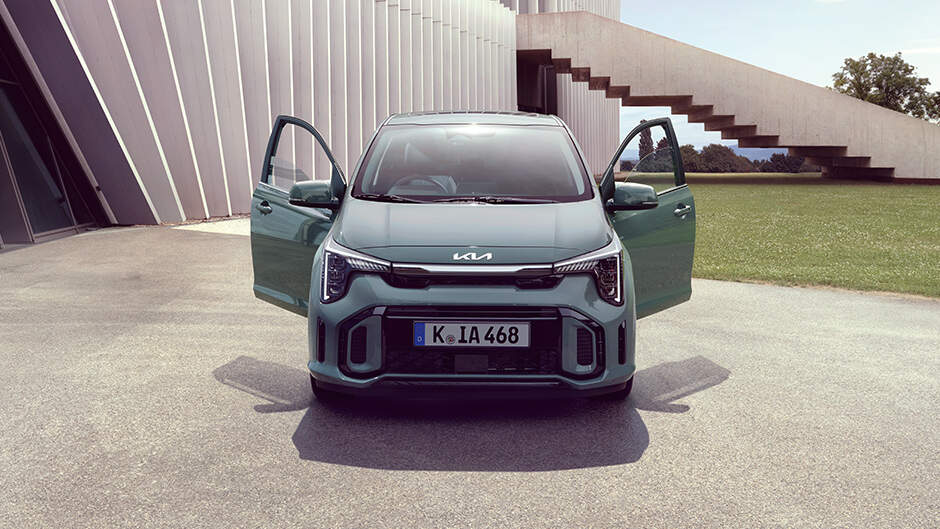
Images shown are for illustration purposes only and may not be to full UK specification. Features shown are not standard across the Kia model range and availability will vary dependant on model. For further details please refer to the individual model specification sheets.
Product availability varies by models. To find out which products are available for your vehicle, please contact your Kia dealer.

